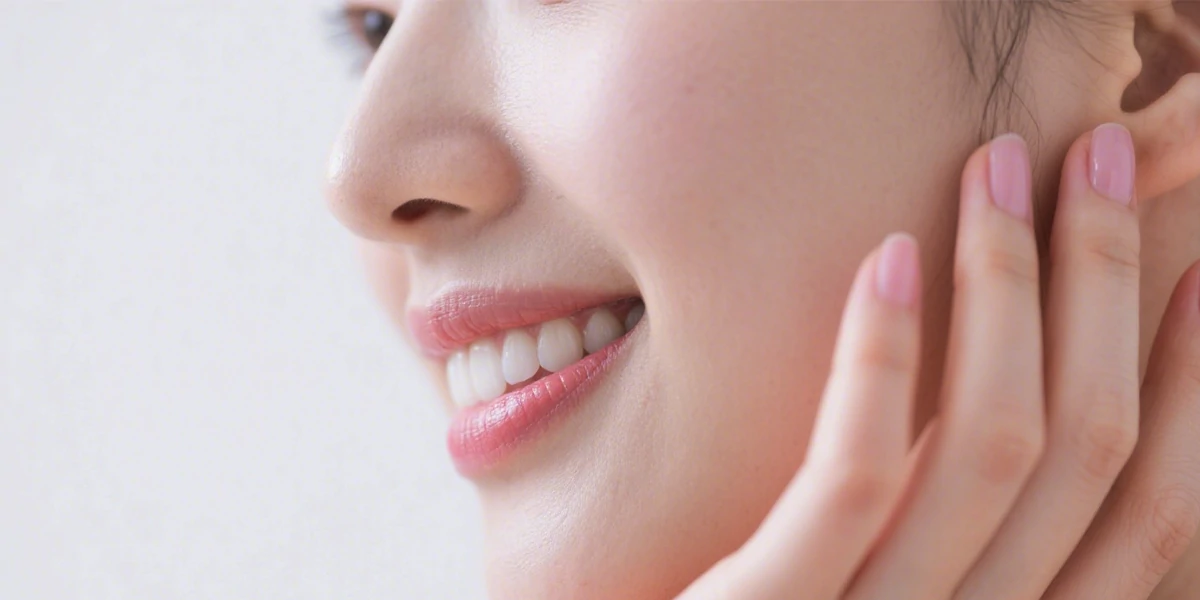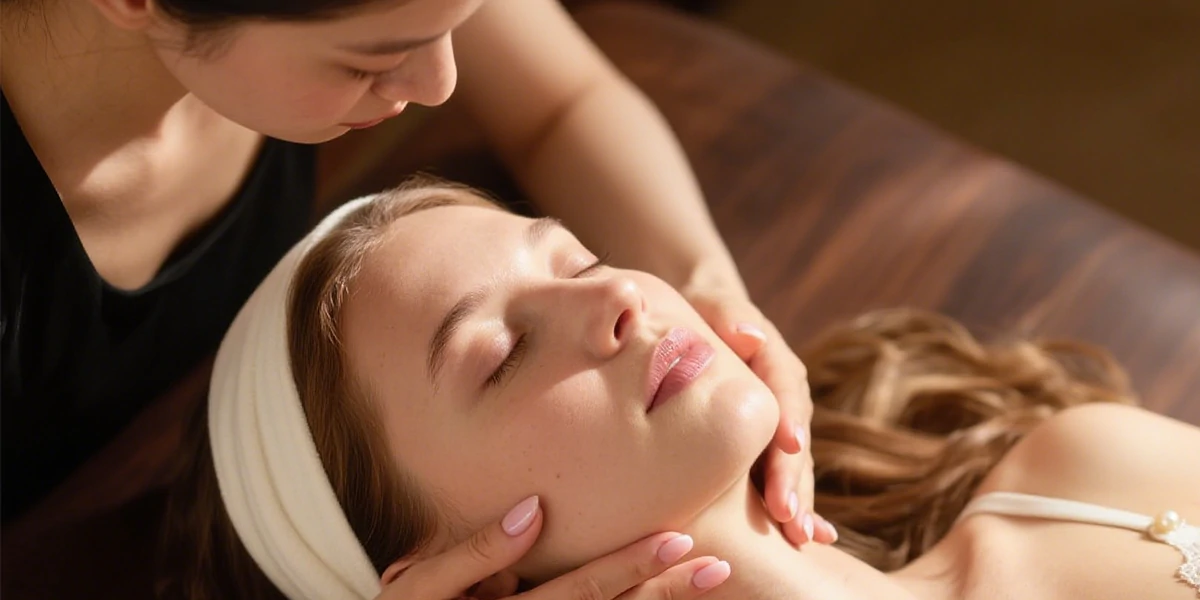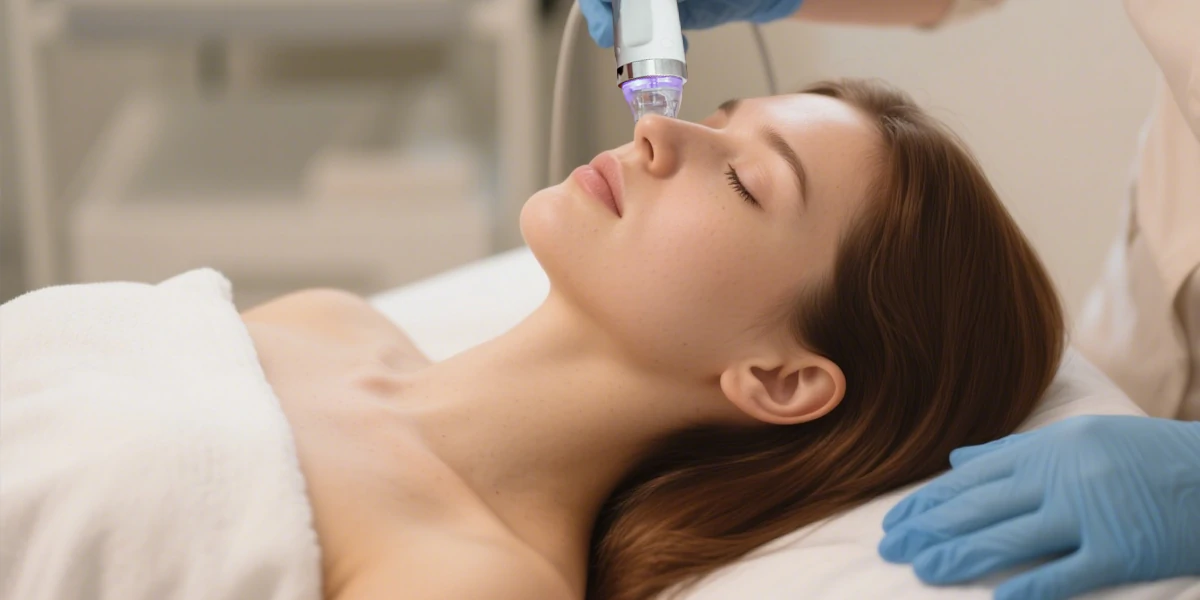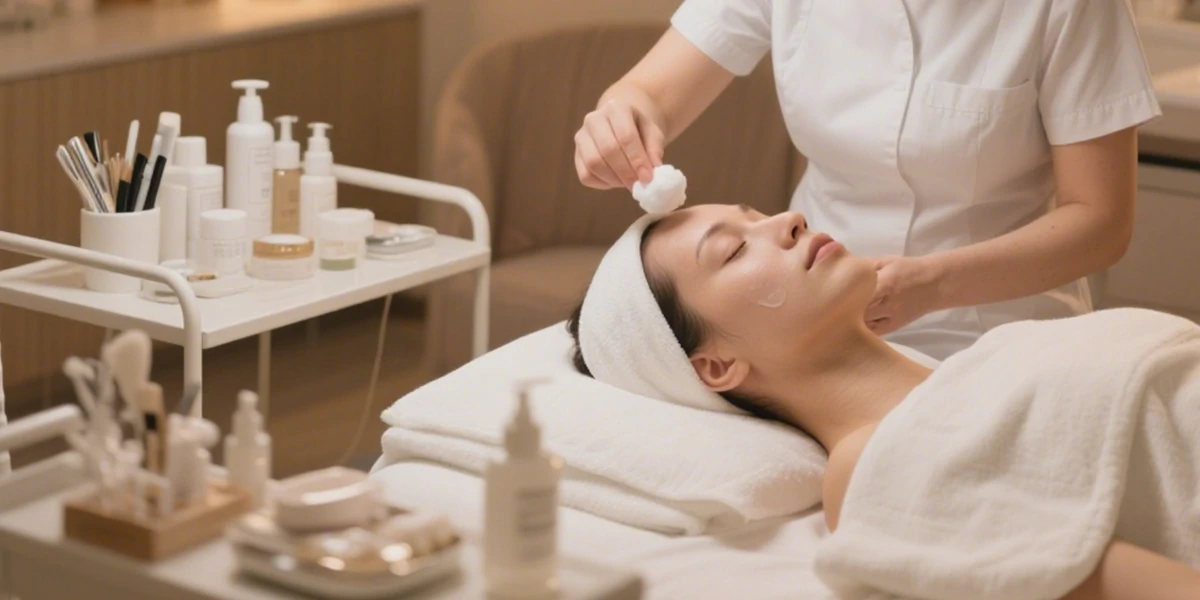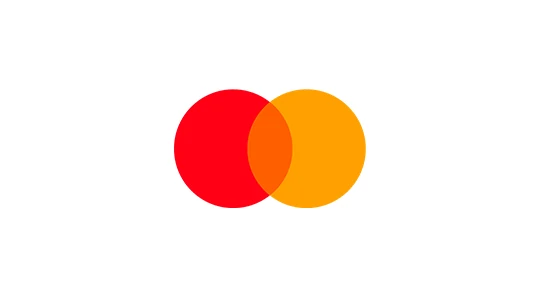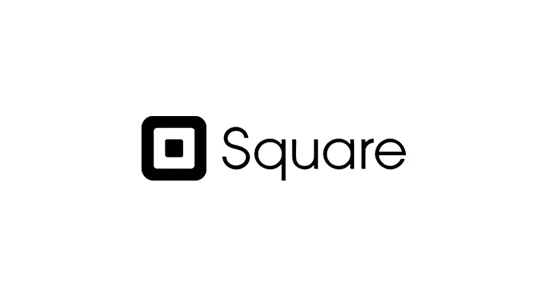Blog
How Often Should You Get a HydraFacial? An Esthetician’s Guide for 2025
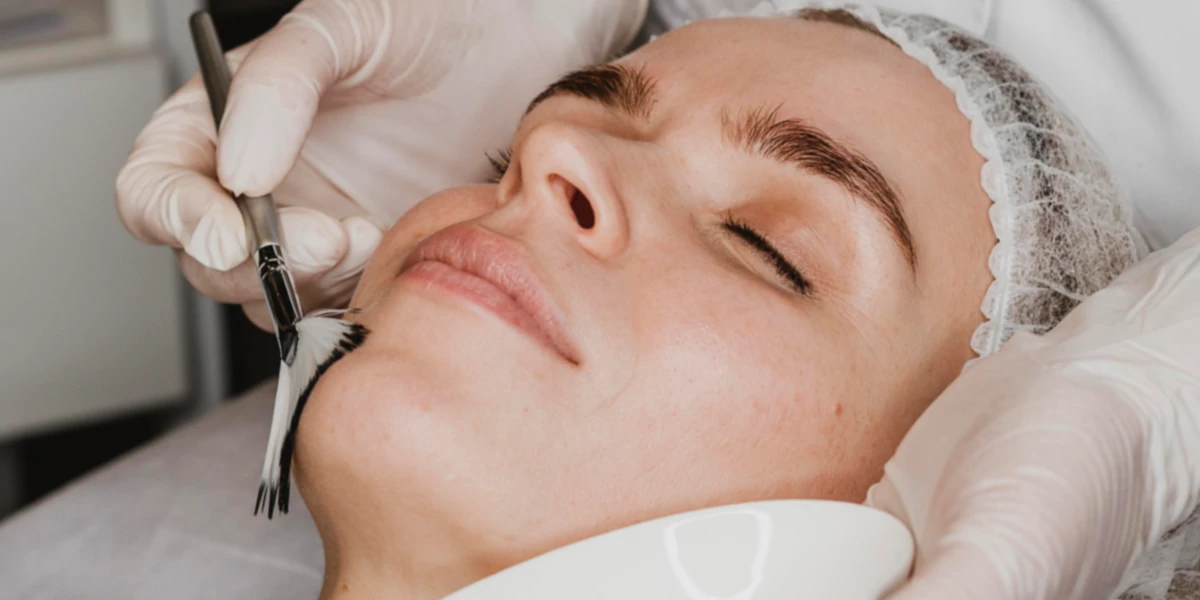
You’ve just left the spa after your first HydraFacial, and your skin feels cleaner, more hydrated, and brighter than ever before. You can’t stop looking in the mirror at that incredible glow. But as that enviable radiance begins to soften after a week, a crucial question arises: “How often should I come back to keep this feeling?”
The key to achieving and maintaining truly healthy skin lies in one word: consistency. A HydraFacial isn’t a one-time magic wand; it’s a professional skin management treatment that delivers its best results through regular maintenance. And when it comes to the question of how often should you get a HydraFacial, the answer isn’t one-size-fits-all. It depends entirely on your unique skin and your ultimate skincare goals.
Consider this guide your personal esthetician. We will not only give you the ideal treatment schedule but also dive into the science behind it, empowering you to customize your HydraFacial plan for the best, most lasting HydraFacial results.
What is a HydraFacial? A Quick 3-Step Refresher
For those new to this revolutionary treatment, a HydraFacial is a medical-grade hydradermabrasion service that provides a multi-step facial experience in one session. It’s renowned for being non-invasive and having no downtime. The patented process involves three core steps:
- Step 1: Cleanse + Peel:A gentle exfoliation and relaxing resurfacing process uncovers a new layer of skin by removing dead skin cells.
- Step 2: Extract + Hydrate:Painless, automated vortex suction cleans out pores while simultaneously delivering intense moisturizers that quench the skin.
- Step 3: Fuse + Protect:The skin is saturated with a custom blend of antioxidants and peptides to maximize your glow and provide long-term protection.
This highly efficient rejuvenation process is made possible by a professional-grade hydrafacial machine, like those developed by leading brands such as Tingmay, which utilizes unique vortex-fusion technology to achieve these remarkable results.
The Core Question: The Ideal HydraFacial Frequency
Now, let’s address the main reason you’re here. How often should this treatment be a part of your routine?
The Golden Rule: How Often Should You Get a HydraFacial?
For the vast majority of people looking to maintain healthy skin and a consistent glow, the ideal HydraFacial frequency is once every 4 to 6 weeks.
Why 4-6 Weeks? The Skin Science Behind It
This “golden rule” isn’t arbitrary; it’s rooted in skin biology. Your skin’s natural cell turnover cycle—the process of shedding old skin cells and bringing new, fresh cells to the surface—takes approximately 28 days. As we age, this process slows down.
Scheduling a HydraFacial every 4 to 6 weeks aligns perfectly with this natural rhythm. The treatment effectively assists the exfoliation process, clearing away the lingering dead cells that can cause dullness and congestion. This ensures that every new cycle of skin cells is revealed in its healthiest, most radiant state, maximizing the HydraFacial benefits.
How Long Do HydraFacial Results Last? Managing Expectations
It’s important to have realistic expectations. The immediate “glass skin” glow and deep hydration are most prominent for the first 5 to 7 days, and sometimes even longer.
However, the true, transformative improvements—such as a reduction in fine lines, more even skin tone, and decreased oiliness—are cumulative. Think of HydraFacials as a long-term “fitness plan” for your skin, not a one-time “emergency fix.” Consistent treatments train your skin to be healthier over time.
Personalizing Your Schedule: Key Factors That Influence Frequency
While 4-6 weeks is a great benchmark, your perfect schedule may vary. An experienced esthetician will help you tailor the frequency based on these key factors.
Factor 1: Your Skin Type
- Oily / Acne-Prone Skin:If you struggle with excess oil and congestion, you may benefit from a more frequent schedule, such as every 3 to 4 weeks. The deep cleansing and extraction steps are invaluable for keeping pores clear and managing sebum production.
- Dry / Sensitive Skin:For those with dry or sensitive complexions, sticking to the standard 4 to 6-week interval is best. This prevents over-exfoliation and ensures the skin’s protective barrier remains strong and intact.
- Normal / Combination Skin:A treatment once a month is the perfect rhythm to maintain skin balance, address T-zone oiliness, and keep your complexion consistently bright.
Factor 2: Your Specific Skin Concerns
HydraFacial for Acne and Congestion: For clients with persistent blackheads, whiteheads, and non-inflammatory acne, an initial series of more intensive treatments may be recommended. This could look like one treatment per month for three consecutive months to gain control over the congestion, followed by a transition to a standard maintenance schedule.
Understanding your acne is key to knowing if HydraFacial is right for you.
- Grade I (Mild):Primarily blackheads and whiteheads. (HydraFacial is highly effective.)
- Grade II (Moderate):Papules and pustules appear along with comedones. (HydraFacial can provide significant improvement.)
- Grade III (Moderately Severe):Numerous inflamed papules and pustules, with possible nodules. (Consult a professional; HydraFacial can be a supportive therapy.)
- Grade IV (Severe):Severe nodules and cysts. (Seek dermatological treatment first; HydraFacial is not suitable for this stage.)

Hyperpigmentation and Fine Lines: Gradual improvement of these concerns comes from long-term, regular treatments. A consistent monthly HydraFacial helps to continually resurface the skin and infuse it with brightening and firming serums, leading to a visible reduction in dark spots and fine lines over time.
Power Pairings: Combining HydraFacial with Other Therapies
A HydraFacial is a fantastic foundational service, but for targeted or more advanced concerns, alternating it with other treatments can yield a 1+1>2 effect. Important: Always have these combination therapies planned and performed by a qualified professional.
- HydraFacial + Dermaplaning:Dermaplaning first removes vellus hair (peach fuzz) and the very top layer of dead skin, allowing the HydraFacial serums to penetrate even more deeply for amplified results. This can often be done in the same session.
- HydraFacial + Microneedling:This is a gold-standard combination but must never be done on the same day. An alternating monthly plan is ideal: a HydraFacial this month for deep cleaning and hydration, followed by microneedling next month to stimulate collagen production.
- HydraFacial + Chemical Peels:Similar to microneedling, these are typically alternated, with the spacing dependent on the strength of the peel.
- HydraFacial + Injectables (Neurotoxins/Fillers):The rule of thumb is to have your HydraFacial before injections or wait at least two weeks after injections to have a HydraFacial.
- HydraFacial + Fusion Plasma:As plasma treatments work on a deeper level, a professional must create a custom schedule for you, allowing adequate healing time before a HydraFacial.
FAQ & Expert Tips from Tingmay
Q1: Can I get a HydraFacial every week?
A: This is not recommended. Over-exfoliating, even gently, can compromise your skin’s natural barrier, leading to sensitivity and irritation. Trust the professional recommendation.
Q2: How should I care for my skin between HydraFacials?
A: A solid at-home routine is crucial for maintaining your results. Stick to a gentle cleanser, a quality moisturizer, and most importantly, apply a broad-spectrum SPF every single day.
Q3: Is there any downtime after a HydraFacial?
A: Essentially, no. This is why it’s often called a “lunchtime facial.” You may experience slight redness immediately after, but this typically subsides within an hour, leaving you with just the glow.
Tingmay’s Pro-Tip:
To maximize that post-treatment “glass skin” effect, try to avoid wearing heavy makeup on the day of your treatment. That evening, apply a high-quality Hyaluronic Acid serum. This will help lock in the deep hydration delivered by the HydraFacial’s vortex infusion technology, extending the life of your plump, dewy glow.
Conclusion: Making HydraFacial a Part of Your Lifestyle
To summarize, a 4 to 6-week interval is the ideal baseline for HydraFacial treatments, but the optimal frequency is one that is personalized to your skin type, concerns, and lifestyle.
Stop viewing HydraFacials as a one-off luxury and start seeing them as a smart, long-term investment in the health and vitality of your skin. This commitment to consistent care is the true path to lasting beauty and confidence.
Ready to experience the transformative power of a HydraFacial? Consult a certified skin care center near you to book your appointment. If you are a spa owner looking to offer this in-demand service, we invite you to explore Tingmay‘s full range of advanced spa level facial equipment. Investing in quality aesthetician equipment is the first step in adding a highly profitable and client-pleasing service to your menu.




